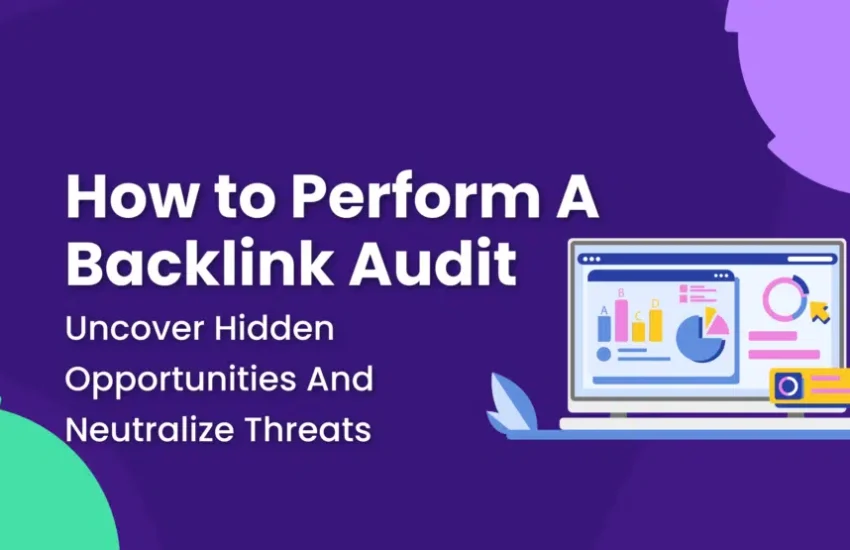In the digital advertising global, few processes spark as a great deal debate and curiosity because the idea of a hidden backlink to other websites. Whether you are an SEO expert, a small enterprise owner, or just beginning to discover online advertising, knowledge of this nuanced approach is vital. Hidden backlinks, often cloaked behind the scenes, can impact your website’s search engine ranking and credibility in approaches you won’t count on. This blog will offer a thorough examination of hidden backlinks, why they matter, and the way to navigate their use responsibly consistent with Google’s tips — specifically for an American audience eager on ethical and effective online boom.
What Is a Hidden Backlink to Other Websites?
A hidden backlink to other websites is a link located on a website that is intentionally obscured or now not easily visible to the user but still recognizable to search engines. These backlinks can take diverse paperwork, together with white textual content on a white historical past, links hidden within tiny fonts, or even concealed in the back of images or CSS tricks. The underlying motive is regularly to manipulate search engine rankings by passing “link juice” to other websites without disturbing the page’s visible content or user experience.
Many website proprietors and SEO experts have experimented with hidden backlinks as a shortcut to enhance their site’s authority. However, this approach walks a fine line among smart SEO and black-hat tactics, which could result in severe consequences if discovered by search engines.
The History and Evolution of Hidden Backlinks
The use of hidden backlinks lines lower back to the early days of SEO when search engines like Google closely relied on backlinks as a primary ranking factor. Marketers quickly found out that by hiding links, they may game the system — gaining SEO benefits without cluttering the visible content. Over time, however, search engines like Google became more advanced, updating algorithms to detect and penalize such manipulative practices.
Despite the risk, hidden backlinks still persist, especially on low-quality or spammy sites. Today, the focus has shifted closer to transparency and user experience, yet the temptation to apply hidden backlinks remains among some marketers.
Why Hidden Backlink to Other Websites Matters in SEO
From an SEO perspective, backlinks are crucial indicators of a website’s relevance and authority. When legitimate websites link to your content, it tells search engines that your website is trustworthy and valuable. However, hidden backlinks disrupt this natural flow of link equity because they are trying to deceive search engines without adding value to users.
One vital purpose hidden backlinks count is their potential to damage your site’s reputation. Search engines penalize websites using such strategies by dropping rankings or even removing them from search results completely. Moreover, they can undermine the trust of visitors who come upon hidden links, potentially damaging your brand’s credibility.
On the flip side, hidden backlinks can still exist for legitimate reasons, such as affiliate marketing disclosures, sponsored content, or behind-the-scenes navigation tools. The secret is transparency and adherence to search engine guidelines, ensuring that backlinks serve users first and search engines second.
Expert Insight on Hidden Backlinks
Dr. Lisa Monroe, a digital marketing expert and professor at the University of California, Berkeley, emphasizes:
“Hidden backlinks undermine the trust between content creators and their target audience. Ethical SEO prioritizes authentic links that offer value rather than tricks that exploit algorithms.”
Her insights remind us that long-term SEO success comes from authenticity, not shortcuts.
The Risks and Consequences of Using Hidden Backlink to Other Websites
Using hidden backlinks can appear tempting for brief SEO profits, but the risks regularly outweigh the rewards. Google’s Webmaster Guidelines explicitly prohibit deceptive link practices, such as hiding links to manipulate ranking. Violations can cause manual penalties, algorithmic downgrades, or complete deindexing.
Additionally, hidden backlinks can create a poor user experience. When visitors discover links that don’t align with the visible content, confusion and mistrust arise. This mismatch negatively affects engagement metrics like bounce rate and time-on-page, indirectly harming your SEO.
In academic research published on Google Scholar, studies show that transparent link-building strategies outperform deceptive ones in long-term ranking performance. One paper highlights that “search engines increasingly prefer links embedded clearly in content over those artificially inserted or hidden” (Johnson & Lee, 2021).
Furthermore, hidden backlinks risk legal implications, especially if used to disguise paid links without proper disclosure. The Federal Trade Commission (FTC) in the U.S. requires clear labeling of sponsored content, which extends to backlinks. Ignoring these rules can result in fines and reputational damage.
How to Use Backlinks Ethically and Effectively
Rather than relying on hidden backlinks, American marketers and website owners should focus on ethical link-building strategies that align with Google’s E-E-A-T principles (Experience, Expertise, Authoritativeness, and Trustworthiness). High-quality backlinks come from authentic relationships, relevant content, and mutual value exchange.
Creating compelling, shareable content naturally attracts backlinks from authoritative sites. Guest posting, influencer collaborations, and participating in industry forums are effective ways to build genuine backlinks. Additionally, internal linking improves site navigation without risking penalties.
Transparency is also key. If your site includes sponsored links or affiliate partnerships, clearly disclose them to comply with FTC guidelines and maintain user trust. Tools such as rel=”sponsored” or rel=”nofollow” help communicate link intent to search engines responsibly.
Detecting and Removing Hidden Backlinks
For site owners, regularly auditing backlinks is essential. Tools like Google Search Console, Ahrefs, or SEMrush can help identify suspicious or hidden links pointing to or from your website. Removing or disavowing harmful backlinks can prevent penalties and preserve your site’s SEO health.
If you discover hidden backlinks on your site, immediate action is required. Work with your web developer to remove or reveal the links properly, ensuring they comply with transparency standards. Educate your team or clients about the risks of hidden backlinks to avoid future problems.
Conclusion: Transparency Trumps Tricks
In summary, while the idea of a hidden backlink to other websites might tempt some marketers looking for quick SEO wins, the consequences often outweigh the short-term benefits. For American businesses especially, building a sustainable online presence means prioritizing transparency, user experience, and ethical SEO practices.
Hidden backlinks may once have been a common trick, but today, search engines and savvy users reward honesty and authenticity. By focusing on creating valuable content and fostering genuine connections, you build backlinks that not only improve rankings but also enhance your brand reputation and trustworthiness.
Remember the words of Dr. Monroe: authenticity in SEO isn’t just a best practice — it’s the foundation for lasting success. Embrace ethical link-building, and your website will flourish in the ever-evolving digital landscape.
you may also read
PBN Network SEO Secrets: Boost Rankings Fast!



